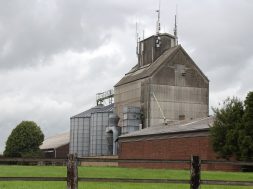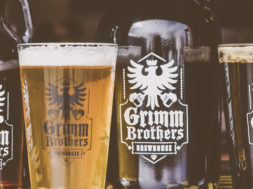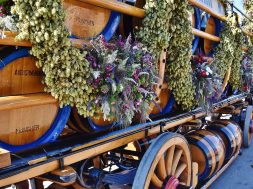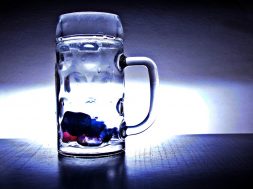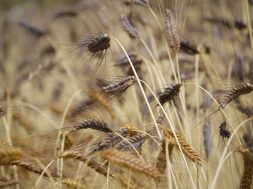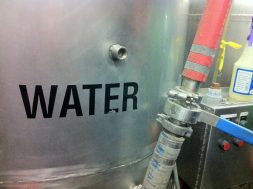Beer: What’s Good For Cattle
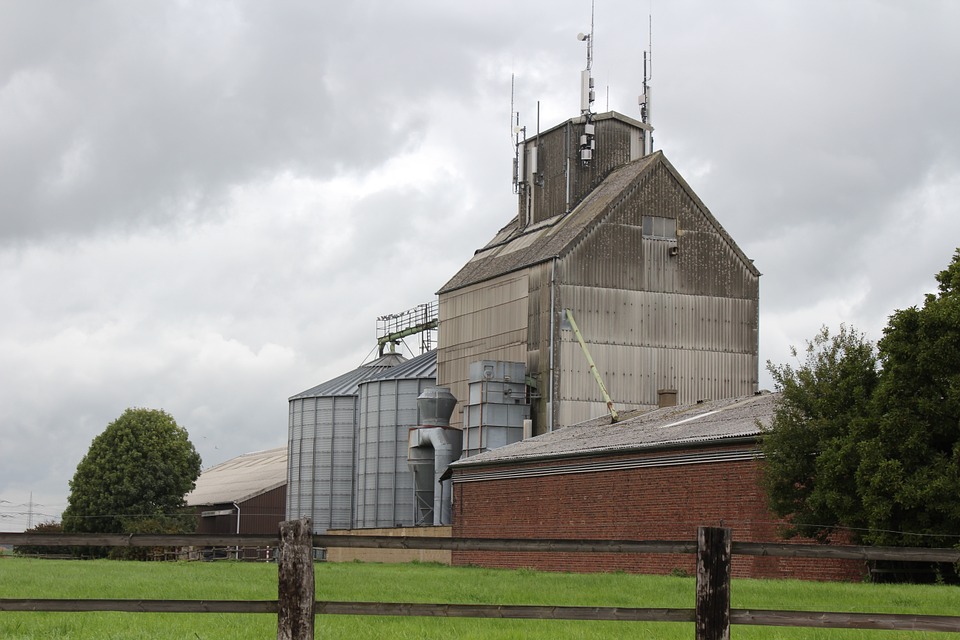
via Illinois State University by
Humans are not the only mammals with a taste for fermented barley. Farmers have long fed cattle the spent grain leftover at the end of the brewing process. The dark, mushy beer by-product is considered a cheap and nutritious supplement to a cow’s regular corn-based diet.
Illinois State Department of Agriculture researcher Justin Rickard ’04, M.S. ’08, is putting a local twist on this age-old technique. He is partnering with Normal’s Destihl Brewery on an ongoing research project to determine whether the craft brewer’s grain could be an economical and dependable option for Central Illinois farmers.
“People have been feeding spent grain since they have been brewing product. Not as much information exists on spent grain from microbreweries,” said Rickard, Ph.D., an assistant professor in animal and meat science. “And that is one of the things we wanted to look into. When you work with a smaller brewery, you are not getting the same type of grains from the same type of beer every day. You are getting a composite load of everything they produced that week.”
Rickard is also studying whether the spent grain could be a cost-effective and quality replacement for other ingredients incorporated into a finishing cattle ration.
Breweries typically give away the spent grain to farmers as an alternative to paying for it to be dumped in a landfill. Destihl has been supplying nearby Ropp dairy farm with spent grains since opening its first brewpub in 2007, said Matt Potts, Destihl’s CEO, founder, and brewmaster. However, after the addition of a production brewery in 2013, Destihl needed another place to ship its spent grain due to increased volume, he said. So, the following spring, Destihl began giving the product to Rickard, and he began experimenting with it on his cattle at his Heyworth farm.
“I had expressed to the professor my ‘theory’ that craft brewers’ spent grains had potentially better feed value than macro-brewer spent grains given the latter’s greater use of adjuncts in their beers, like corn and rice,” said Potts, who grew up on a farm near Williamsfield.
“Craft brewers generally use all or mostly barley along with some wheat, oats, and rye, and I theorized that our grains had a higher protein content and greater feed value as a result. Of course, I had no way to study or prove this, which is where Professor Rickard has taken over and then some.”
In December 2015, Rickard and graduate student Riley Parmenter ’14 launched a pilot study on the grain using 24 cattle – an even split of heifers and steers – on the University Farm at Lexington.
Over the course of 140 days, half of the cattle were fed a mixture of the corn diet and the brewer’s grain, while the other half, the control group, were given the corn diet only. The study was conducted during the cattle’s final months before they were transported for slaughter to a packinghouse.
“The cattle grew well on the product,” Rickard said. “We didn’t see on the surface any major differences in terms of quality and grade. We have a couple more things to analyze yet.”
After the cattle were slaughtered, the researchers ran a series of tests to measure the meat’s color, tenderness, and juiciness. Rickard has been using his own money and a University Research Grant from the College of Applied Science and Technology to fund the research. The researchers spent last fall analyzing the results from the pilot study and preparing to start a larger-scale study to see if the earlier results could be replicated with 60 cattle.
